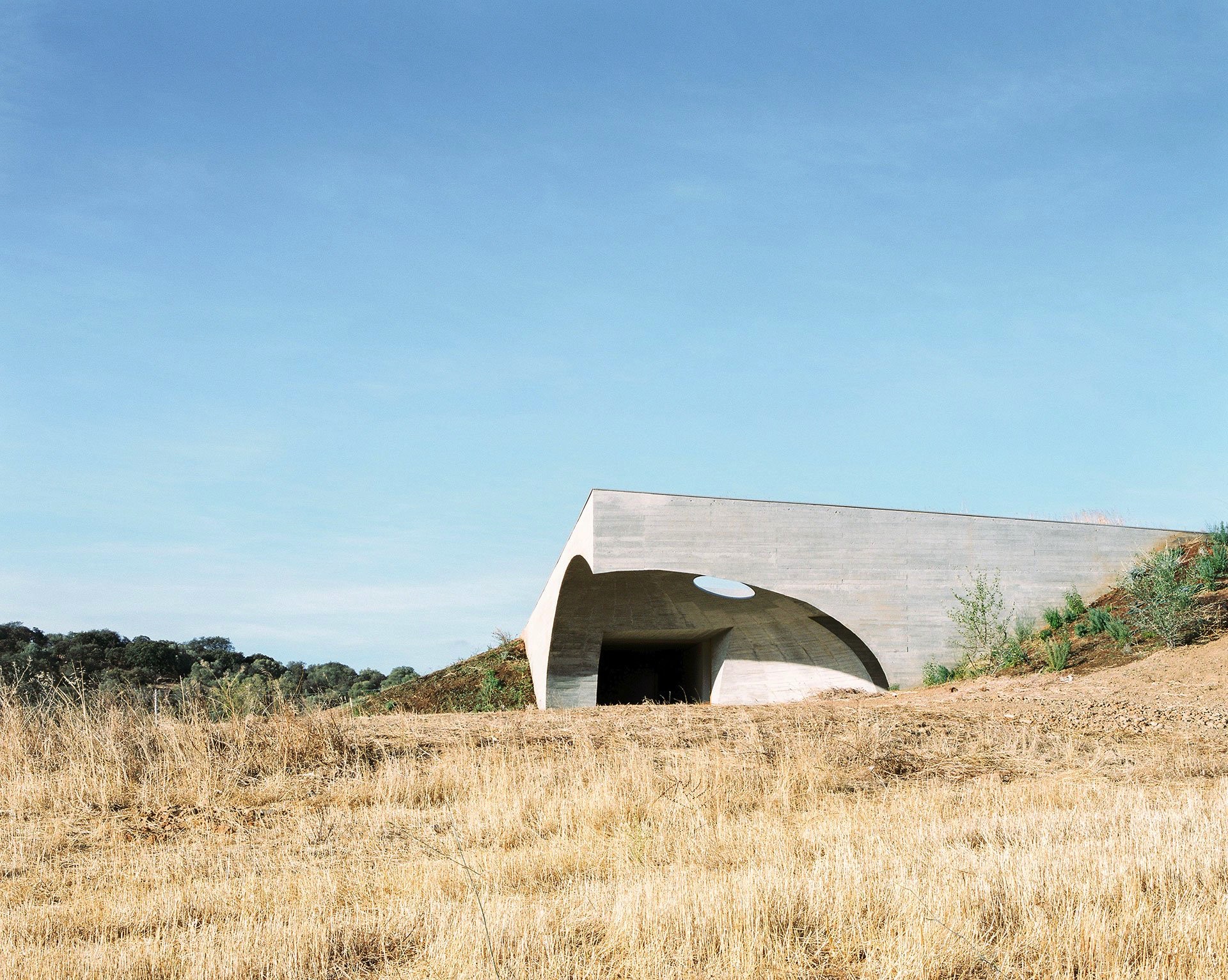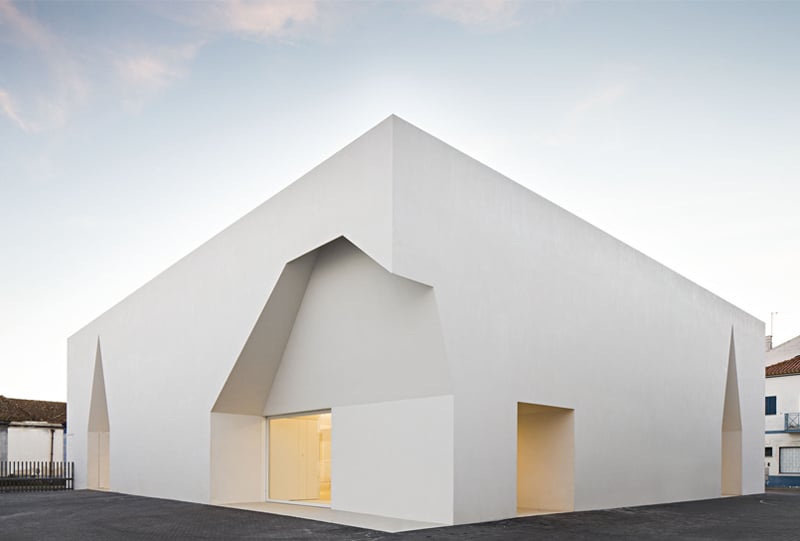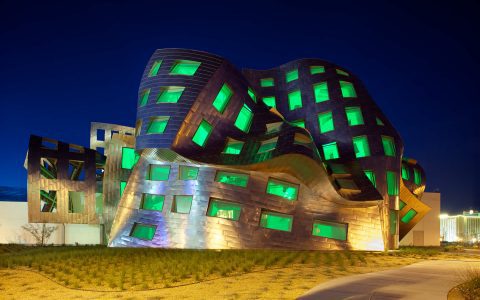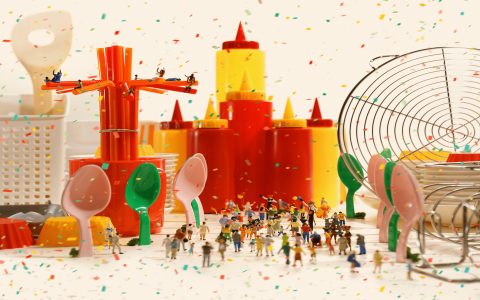Aires Mateus, led by brothers Manuel and Francisco Aires Mateus, establishes a distinctive architectural language characterized by profound simplicity and sculptural power. Their work transcends mere aesthetics, creating immersive experiences through these core principles:
Radical Abstraction & Monolithic Presence
Buildings are conceived as singular, often massive geometric volumes – cubes, prisms, cylinders – stripped of complex articulation. This reduction produces abstract, almost elemental forms that command space. The emphasis is on the wholeness and sheer presence of the architectural object.
The Primacy of the Void
Contrary to solid mass, Ares Mateus employs subtraction as a fundamental design tool. Significant portions of these monolithic volumes are carved out, creating deep recesses, internal courtyards, or sheltered entrances:

- Spatial Definition: These voids (negative space) are not merely voids; they actively shape and define the interior experience and circulation, becoming primary spatial elements.
- Light & Shadow: The deep excavations create dramatic plays of light and shadow, contrasting stark brightness within voids with the deep darkness of their recesses. Light becomes a tangible, sculpting material.
- Thresholds & Ambiguity: The relationship between solid and void blurs the boundaries between interior and exterior, creating layered thresholds that engage the user experientially.
Their Faculty of Architecture building in Tournai epitomizes this, appearing as a solid block dramatically carved to reveal inner life.
Material Honesty & Tactility
Surfaces are treated with exceptional restraint and integrity:
- White Render Dominance: The ubiquitous use of white or light-colored stucco renders the complex geometries as pure, timeless forms, enhancing the play of light and shadow and focusing perception on mass and void.
- Material Substance: When other materials like concrete or wood are used, their inherent texture and tectonic quality are expressed honestly, adding a layer of tactile richness within the minimal framework.
- Perceptual Weight: Despite their often large scale, the light surfaces and subtractive approach can lend an unexpected sense of lightness or perceptual weightlessness.
The House in Sintra exemplifies this with its stark white form deeply carved for the entrance and courtyard.
Atmospheric Space & Experiential Depth
Beyond formal rigor, the architecture creates potent atmospheres:
- Contemplative Quality: The simplicity and manipulation of light foster quiet, introspective spaces.
- Spatial Compression & Release: Deep entrances or compressed corridors often lead to unexpectedly expansive rooms or framed views, heightening the user's journey through carefully sequenced spatial experiences.
- Contextual Sensitivity: Despite their abstract nature, buildings often respond subtly to site conditions, topography, views, or cultural context, grounding the intervention. The Mortuary in Alcácer do Sal integrates powerfully with the landscape.
Their Museum in Lausanne masterfully manipulates light and spatial sequences around its central void.

The unique power of Aires Mateus lies in this powerful synthesis: transforming radical abstraction and the orchestration of void and light into profoundly experiential, timeless architectural statements. They create architecture that is both powerfully present and resonant with spatial and atmospheric depth.





